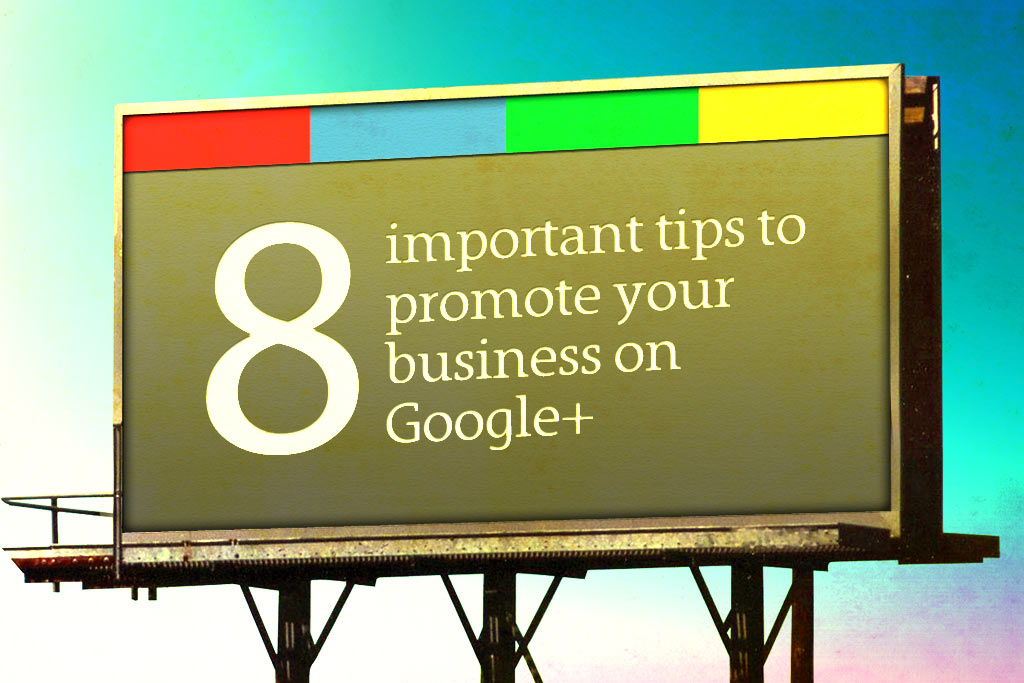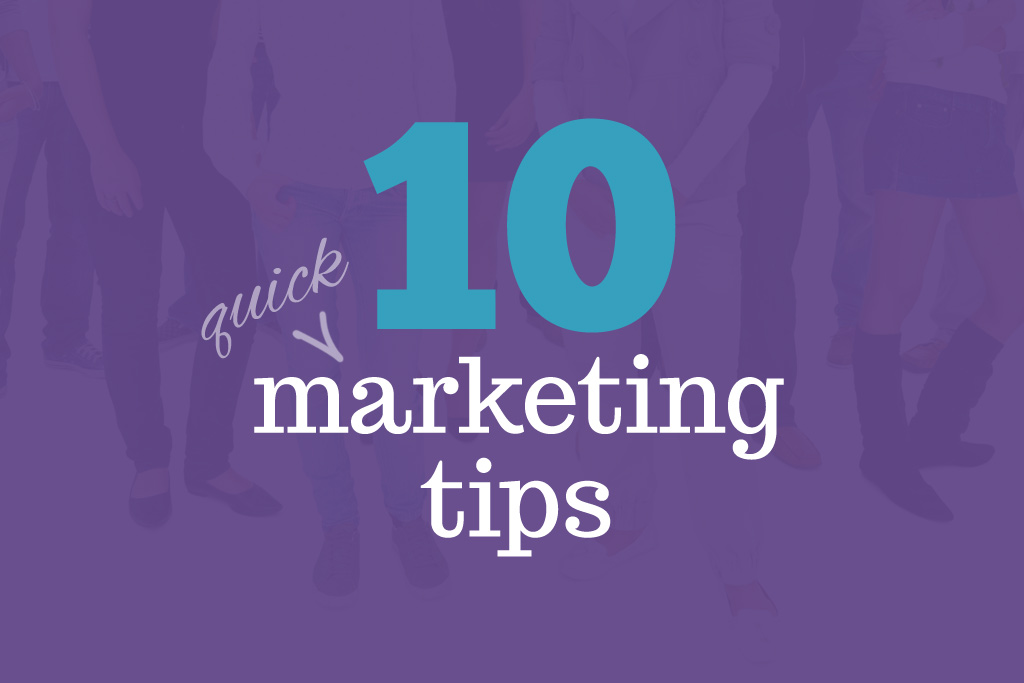There’s still time! The complete guide to getting your marketing right for the rest of 2020
2020 has been quite the challenging year, especially for digital marketers. Throw out all the predictions made back in January!
Who could have guessed that most of us would be working from home now or that anything we’re undergoing would become the ‘new normal’? It’s certainly been a year, and we’re only a little over halfway through it.
The new reality has shifted how we engage with each other in every aspect, and this includes marketing. More people are using online services and products than ever before.
Marketers need to be careful how they approach their prospects to avoid creating more fear or scarcity while still growing their audiences.
To do this, marketers need to take a fresh approach and carefully listen to advice from their strategic marketing consultant. In this guide we take you through what you should be considering with your marketing for the rest of 2020, and into 2021.
You need to approach your marketing with fresh eyes
A recent study by Wunderman also revealed some enlightening statistics. 88% of US consumers want to engage with brands that “set new standards in meeting their expectations”.
And 89% said that brands that share their values get their loyalty. That’s a potent argument for getting your customer personas in order!
Here are some other key challenges and trends that we’re noticing for digital marketing:
- Online ads are becoming more competitive.
- Content marketing is getting blander and more noisy.
- Consumers are demanding modern websites and judging credibility on site design.
- Mobile use is continuing to grow.
- The more valuable your content marketing pieces are, the better your audience will amplify it with reviews, photos, and videos.
- Social media strategies have to shift because standard working patterns are so disrupted now.
- Email may be your most valuable tool now. We’re never far away from our work emails and now we can read them at leisure.
It’s clear that things are changing fast in the world of marketing, which makes it important to continually look as your marketing efforts with fresh eyes, and revise as needed.
Why marketing automation is both a challenge and a solution – and what to do (and avoid)
Lack of lead conversion is one of the many challenges we face when it comes to automation. In a perfect society, as soon as they show interest, any prospective consumer will become a paying customer.
In fact, companies today are seldom in that position and are more likely to meet customers who want to be informed and updated, not offered the hard sell.
Organizations can perform effectively through marketing automation, allowing them to cultivate consumers across various platforms before they are able to purchase, thus the sales, rather than losing contact with certain individuals as they pass along the purchasing process.
So what should you be doing with marketing automation? And what do you need to avoid?
Do: Segment leads and prospects
Marketing automation is perfect for segmenting your leads and opportunities, because it gathers data to provide you extra insights. Through evaluating the data you will plan more oriented campaigns.
Marketing automation helps you to build lead nurturing workflows that efficiently direct selling funnel at the right location and time according to customer needs.
Custom material can even be submitted at virtually any touch point. The automation platform allows it easier for individual users to tailor communications.
Don’t: Set and forget
Through calculating, revisiting and re-adjusting the segmentation, scheduling rules and other activities you set up inside the program, you can get the best out of your efforts.
It often extends to social networking – preparing articles in advance can be a time-saver, but don’t overlook that social media marketing’s main objective is to connect with your followers, and you do need to maintain an eye on your platforms.
Keep these tips in mind whenever you want to use automation in your marketing strategy as these will help you with challenges in automation.
Giving your website a fresh coat of paint or checking its mobile compatibility are things that are (relatively) easy to update, but may not move the needle as much as you’d like.
A better solution is to meet the expectations of your customers and align with their values using your marketing. If ever there was a time to revamp your company’s marketing strategy in this direction, this is the time. Here are some do’s and don’ts.
Its time to take a fresh look at your email marketing
If you’ve already incorporated email marketing into your overall marketing strategy, you’re already ahead of the curve.
According to HubSpot, email is a consistently effective strategy for marketing. 78% of marketers in their survey have seen an increase in email engagement over the last 12 months.

Email marketing is the oldest form of internet marketing, but people keep finding new spins on it to improve its effectiveness. Email follow-up automation has become good enough now that you can dig deep into segmenting your list for targeted emails.
Campaign Monitor says that segmented campaigns saw as much as a 760% increase in revenue!

Even just customizing your subject lines can cause an open rate increase of 26%. But you can go further by considering the value of the content for the segment and the timing of the email. Put yourself in your segment’s shoes and consider what they would like to see from you.
Don’t have segments yet? Borrow them! One place to start is to talk with sales and see if they have existing segments you can use for marketing to your audience.
If you don’t even have that, separate your list out by how often the readers open their emails. That’s a good three-bucket starting point to find your most engaged readers.
In fact successful marketing campaign involves two things:
- A good email list (with people that are already interested in your products)
- An engaging tone of your message. Try to appear less robotic in your campaigns, make use of a more informal language and make your message resonate with your audience. This may mean splitting up your campaign in different age or gender groups, but the effort will be worth it.
One must-have segment is new customers. Many people are switching to online shopping and services right now, so help them get up to speed and give them a good first impression of what you can do for them.
Make sure you are continually working on your brand reputation
Reputation is everything for your business. If you get a poor online reputation, it can take months or years to reverse it. With what’s going on lately, consumers are more touchy than usual and marketers should take care not to send messages that might aggravate them.
Some tips include:
- Avoid saying that your products are a necessity or essential. Our perceptions of that have changed.
- Focus on the value that you offer rather than your product or service. How does it provide relief?
- Triple-check with yourself before sending out a message. Are you staying sensitive to what’s going on? Don’t hype up the negativity nor pretend nothing is wrong.
- Think twice about using urgency or FOMO in your communications. Fear is high right now and that could backfire.
Here’s another thing you might not have considered: are the images you use in your marketing collateral showing activities we can’t do right now? Showing travel or groups of people together might make you seem tone deaf.
Also, beware of offering huge discounts right now. This is basic sales sense. If you offer a huge discount now, your audience will know just how low you can go and might avoid buying anything until the next big discount comes along.
Why you need to move from content marketing to story marketing
We said that content marketing is getting blander and more noisy. There is so much content out there now that it’s impossible for one voice to dominate the conversation. Adding more content or longer content isn’t the way forward.
Instead, we suggest drawing your audience into a story that involves your brand. Using storytelling techniques is a powerful way to draw people toward what you have to say and have them follow through on your ask.
These include:
- Positioning yourself as a guide that will teach the customer how to be a hero.
- Putting the customer’s needs before your own.
- Keep a consistent voice throughout your marketing
- Make sure your story is authentic and doesn’t contradict your values or the values of your customers.
This strategy works best because people nowadays are more fond of series and always want something to look out for. Also, this is timely because most people are in their homes and have more time to spend on consuming content.
Content marketing is all about answering questions that the customers have, and not just about telling them all about the company. Thus providing them with beneficial and relative answers is another factor that hooks them to finally try the product you are marketing.
Another thing that content marketers fail to recognize is that people are not interested in the brand’s history unless they are on the top of the industrial chain, which is why it’s better to understand and know your customers to be able to provide relevant content for them.
Above all, don’t be boring. You still need to hook your audience in the beginning with something interesting and captivating. Slow burns don’t work in marketing.
How to find the right balance between SEO and user experience
Another thing that switching to stories helps with is ranking on Google. 69% of marketers think 200-700 word pieces are the best length for posts.
However, the data show that the ideal length for a post is 2,450 words for a top ranking on Google. In fact, one of the biggest SEO mistakes that prevents your page from appearing on Google search is low-word content on it.
It is no longer enough to add simple keywords to your content, without any consistency between paragraphs, to hope to be at the top of the Google or Yahoo ranking. Writing an article that pleases the robotic eye of search engines as much as the eye of your target is a great challenge.
Experiment with longer pieces less often over the next few months and see how it affects engagement with your content. You might be pleasantly surprised!
However, the user experience (UX) to generate qualified leads is not to be neglected. Indeed, the success of good content also depends on its ability to be improved according to the observed behavior of your audience.
By optimizing your conversion rate, you will constantly improve your reader’s browsing experience and try to facilitate his buying process.
You need to adapt to new content formats, too
Your audience wants multiple and varied formats!
The internet user’s content consumption habits have changed: a relatively busy and nomadic lifestyle, unlimited Internet access on the smartphone and the need for instantaneity.
Your audience tends to look for content that can be consumed according to their day: taking the metro, walking, relaxing during their lunch break, etc.
Build a multi-format online presence
Including a blog on your website remains an essential tool for your content marketing strategy (and SEO). According to Hubpost, B2B marketers who blog receive 67% more leads than those who do not.
The presence of white papers and case studies on your site is an excellent way to meet the needs of your prospects, too. Through the forms, you can collect their data to qualify them and detect their level of maturity.
These formats allow you to bring a real added value to your audience through content that will be deepened. In addition, these different contents are a testimony to your expertise and will allow you to generate more leads.
Embrace lives and webinars
Video formats as well as the feeling of being privileged to be part of a live event are new types of formats that are very popular with the general public.
Webinars, in particular, are a new and very effective communication medium. An excellent way to interact directly with your audience, this type of format allows you to engage your target audience live and answer their questions.
The video usually reveals members of your team, which creates a feeling of closeness and trust by reinforcing the human side.
The webinar format is also appreciated for its high conversion rate: an Internet user who registers for your event will leave his or her email address and testifies to an advanced level of maturity in your conversion tunnel.
The replay then allows you to post these videos on your blog to make them accessible to everyone. Note that the videos are watched 3 times longer than traditional formats.
Consider including a podcast into your marketing mix
In addition to a popular format, audio content is easier to produce than video. With their short, downloadable format, podcasts have become a new trend to integrate into your content strategy.
Listening to your podcasts lead your audience to come and download the latest editions on your website, bringing an interesting qualified traffic to whom you can offer other types of content.
Faced with these new consumption needs, knowing how to handle the various existing content formats will allow you to multiply the points of contact with your target audience. Visual, editorial, audio or video content, mastering these different formats is therefore a real challenge.
How can you improve your marketing in 2020?
Now is the time for all marketers to reassess how they are approaching their audiences. Things have, frankly, changed for the foreseeable future. But marketers are resilient, especially digital marketers.
We’re constantly updating our tools and tactics as new technologies, laws, and consumer behavior rise and pass. What’s happening now is another example of that, albeit one that’s larger than normal.
To us, the key thing to do right now is figure out how to aid and comfort our audience’s fears through our business. To show them we’re all in this together, and that together we can all move forward.
Business will still go on, but the ones who show empathy, connection, and authenticity will go much further and will build a foundation of brand loyalty that will withstand any crisis that comes our way.
Michael Habiger is a content marketing specialist with over six years of experience, currently head of marketing department at FollowUpFred. He is a marketing nerd and front-fighter for big data and automation.
Photo by Christina










